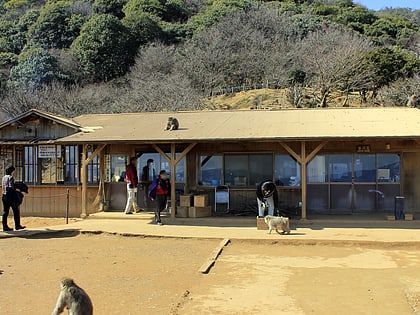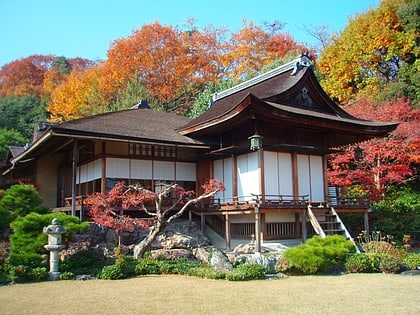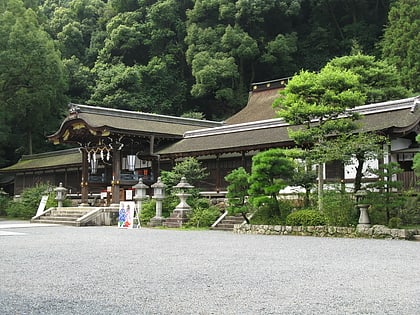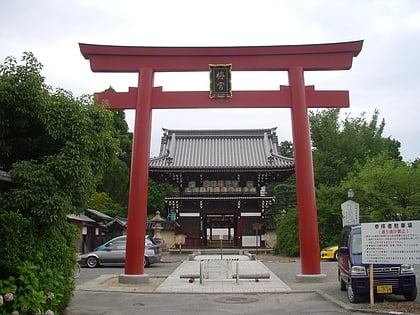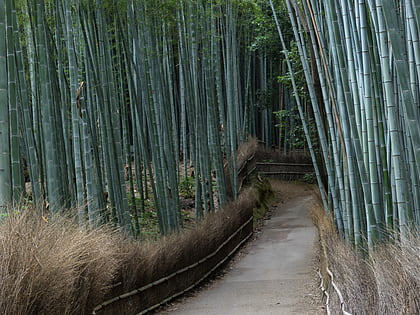Ōharano Shrine, Kyoto
Map
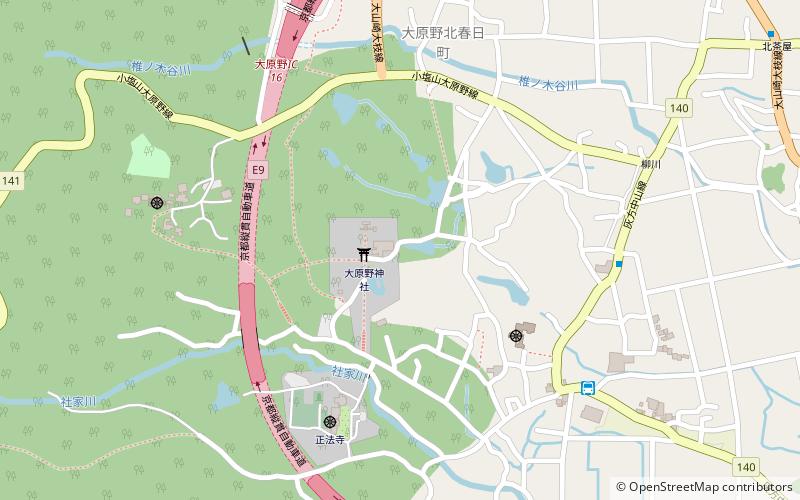
Gallery

Facts and practical information
Ōharano Shrine is a Shinto shrine located in Nishikyō-ku, Kyoto Prefecture, Japan. ()
Day trips
Ōharano Shrine – popular in the area (distance from the attraction)
Nearby attractions include: Katsura Imperial Villa, Tenryū-ji, Iwatayama Monkey Park, Takebishi Stadium.
Frequently Asked Questions (FAQ)
How to get to Ōharano Shrine by public transport?
The nearest stations to Ōharano Shrine:
Bus
Bus
- 南春日町バスターミナル (8 min walk)
- 南春日町 • Lines: 63 (8 min walk)



